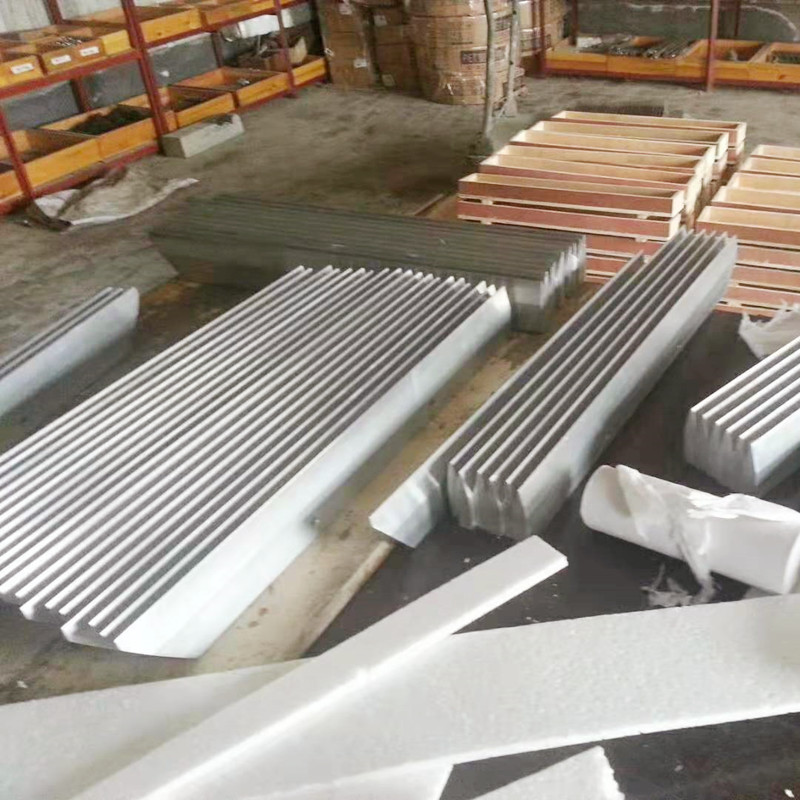Spa . 04, 2024 17:55 Back to list
how to adjust water pressure reducing valve
How to Adjust a Water Pressure Reducing Valve
Water pressure is an essential aspect of any plumbing system, impacting everything from the performance of appliances to the comfort of showers. A water pressure reducing valve (PRV) is a critical component that regulates the incoming water pressure into your home, ensuring a consistent and manageable flow. If you find that your home’s water pressure is too high or too low, adjusting the PRV is a practical solution. This guide will walk you through the process of adjusting a water pressure reducing valve effectively and safely.
Understanding the Water Pressure Reducing Valve
Before diving into the adjustment process, it’s important to understand what a PRV does. The valve is designed to lower the water pressure coming from the main supply line, preventing damage to your pipes and fixtures. Most residential systems operate best with a water pressure of 40 to 60 psi (pounds per square inch). A PRV allows you to set a desired pressure that suits your household needs.
Tools You Will Need
To adjust the pressure reducing valve, you will need
1. A flathead screwdriver or a wrench (depending on the valve type). 2. A pressure gauge (to measure the water pressure). 3. A towel or rag (to wipe any potential water spills).
Steps to Adjust the PRV
Step 1 Measure the Current Water Pressure
Start by measuring the existing water pressure in your system. Attach a pressure gauge to a faucet or hose bib closest to the main water line. Turn on the faucet and note the pressure reading. If it's above the recommended 60 psi, you'll want to lower it; if it's below 40 psi, consider increasing it.
Step 2 Locate the PRV
how to adjust water pressure reducing valve

The pressure reducing valve is typically located near the main water supply line, often before it branches off to your home. It resembles a bell-shaped device with an adjustment screw on top or on the side.
Step 3 Adjust the Pressure Setting
Using your flathead screwdriver or wrench, turn the adjustment screw.
- To Decrease Pressure Turn the screw clockwise. This will lower the setting and reduce water pressure within your home. - To Increase Pressure Turn the screw counterclockwise. This will raise the setting, allowing more pressure to flow through your plumbing.
After making an adjustment, allow a few moments for the changes to take effect.
Step 4 Re-Measure the Water Pressure
After adjusting the PRV, it's crucial to check the water pressure again with the gauge. Turn on the faucet and observe the new reading. Repeat the adjustment process if necessary until you achieve the desired water pressure level.
Step 5 Secure the Valve and Check for Leaks
Once you’re satisfied with the water pressure, ensure the adjustment screw is secure. Wipe down the area around the valve to clean up any moisture, and inspect the valve for leaks.
Conclusion
Adjusting a water pressure reducing valve is a straightforward process that can significantly improve your home’s plumbing efficiency. A properly set PRV not only enhances your daily comfort but also protects your plumbing system from potential damage caused by excessively high pressure. If you’re ever in doubt about making these adjustments or notice any persistent issues, consulting a professional plumber can provide peace of mind and ensure everything is functioning correctly.
-
Why Metric Trapezoidal Thread is Ideal for Precision Motion ControlNewsAug.05,2025
-
The Unique Properties of a Block of Granite for Industrial UseNewsAug.05,2025
-
The Role of Flanged Y Strainers in Preventing Pipeline ClogsNewsAug.05,2025
-
The Importance of Regular Calibration for Master Ring GagesNewsAug.05,2025
-
How a Cast Iron Surface Table Enhances Accuracy in ManufacturingNewsAug.05,2025
-
Comparing Different Check Valve Types for Optimal Flow ControlNewsAug.05,2025
Related PRODUCTS









